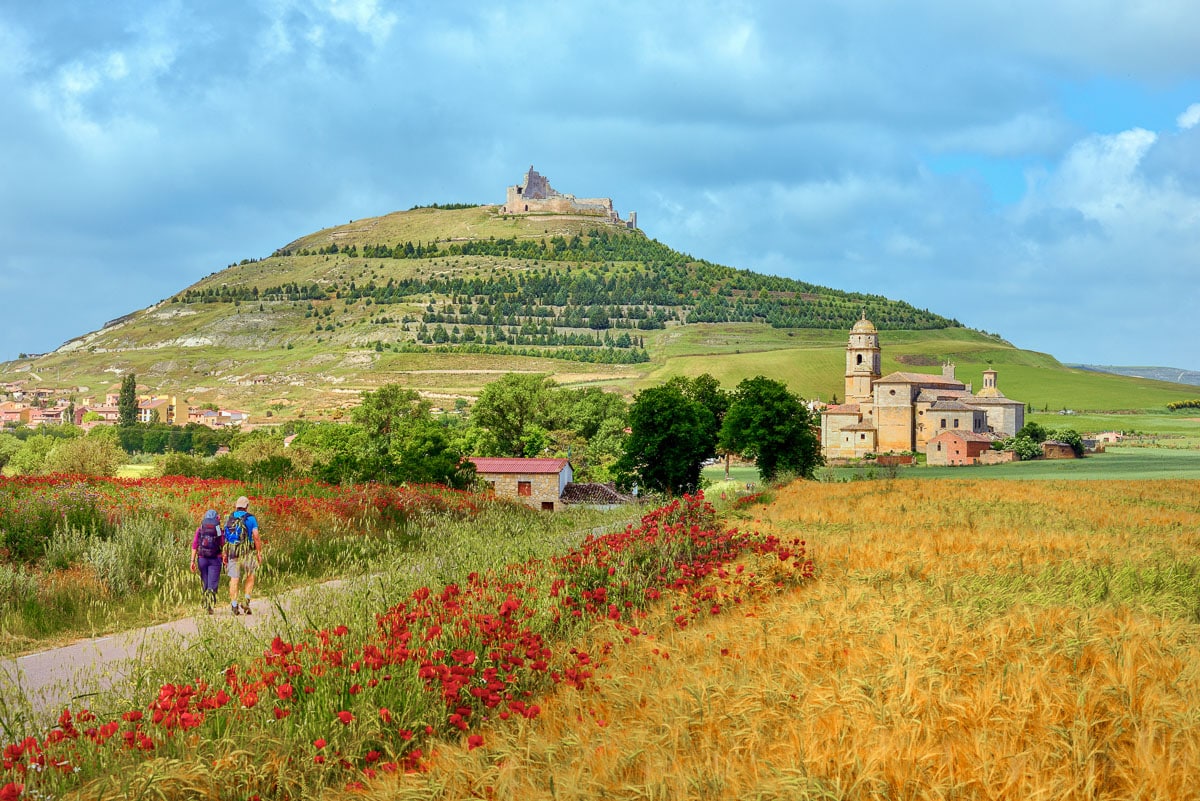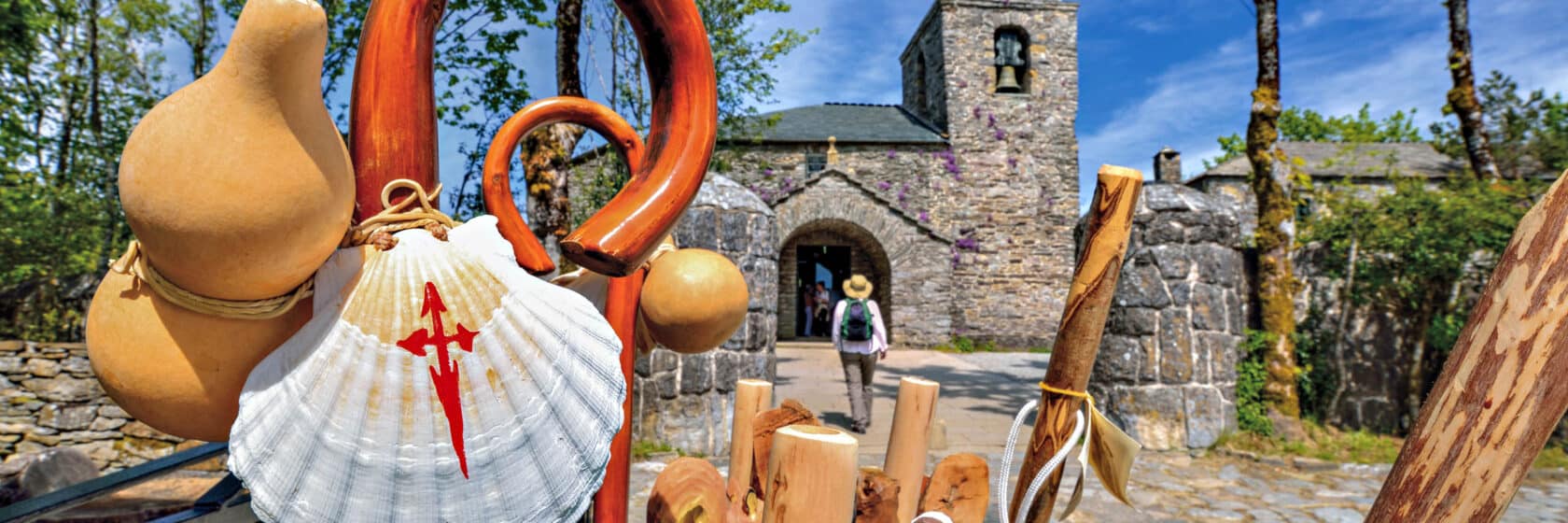
SPain
History and Traditions of the Camino de Santiago
The Legend of St. James
El Camino de Santiago—the way of St. James—is the name for the hundreds of miles of collective pathways that have guided pilgrims to the holy city of Santiago de Compostela for more than 1,000 years. The reason for the great pilgrimage was (and still is, for many) a matter of faith in the miraculous power of St. James.
Legend has it that St. James, first cousin of Jesus and son of Salome, came to Spain at some point after Christ’s crucifixion to preach the gospel. Seven years later, he returned to Jerusalem, where he is thought to have been killed by Herod Agrippa. The legend continues that a miraculous boat without crew or sails then carried his body to the harbor of Padron, about 10 miles from Santiago. In 813, the bones were rediscovered under a buried altar at a spot on a hillside where a hermit claimed to have seen visions of stars. The hill was thereafter known as Compostela (“field of stars”), and Alfonso II, the king of Asturias, built a chapel on the site. In the following decades, St. James appeared as a vision—a knight on horseback—in many Spanish battles against the Moors, first at the Battle of Clavijo in 844. Before long, the cult of Santiago was born.
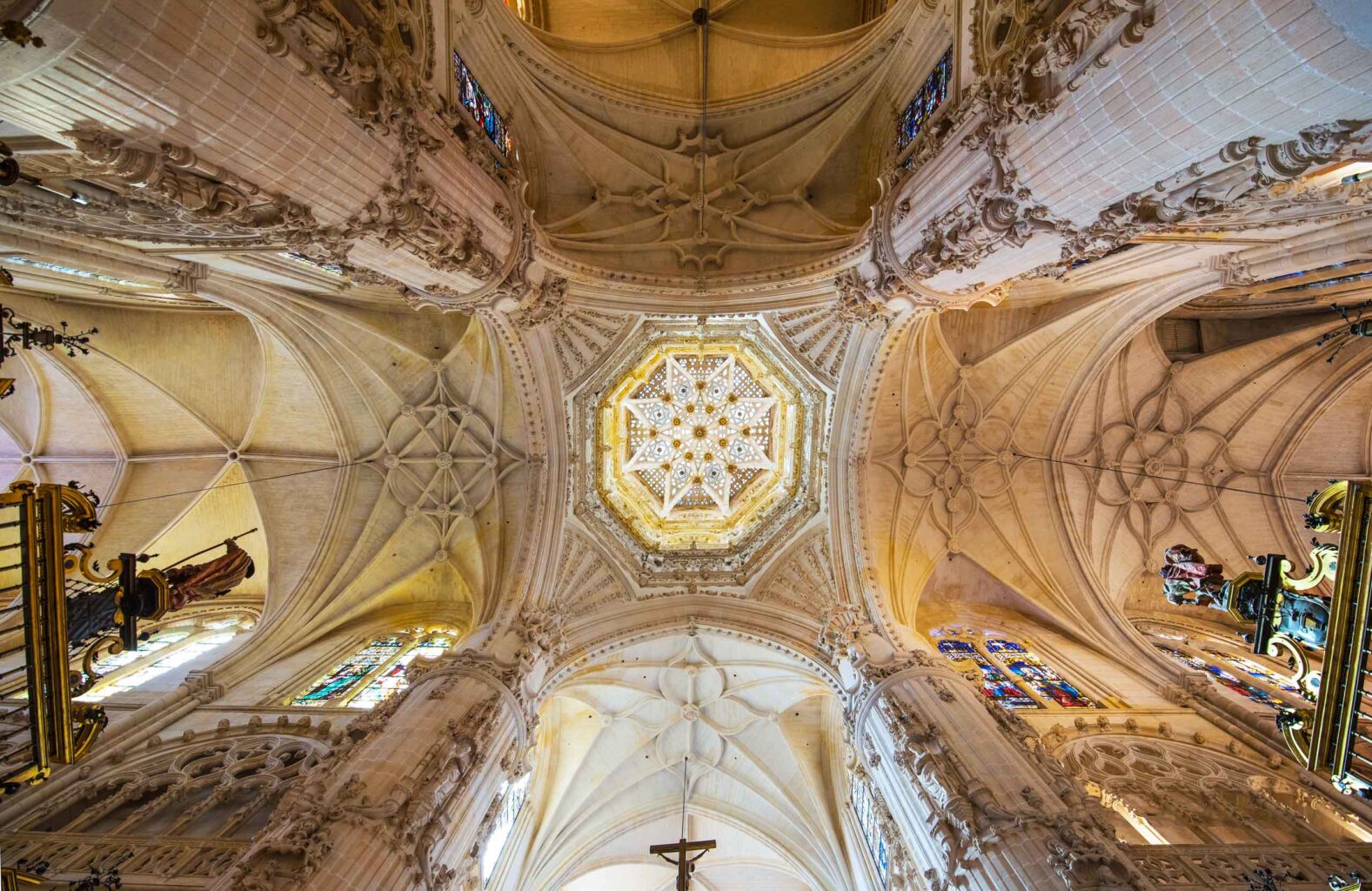
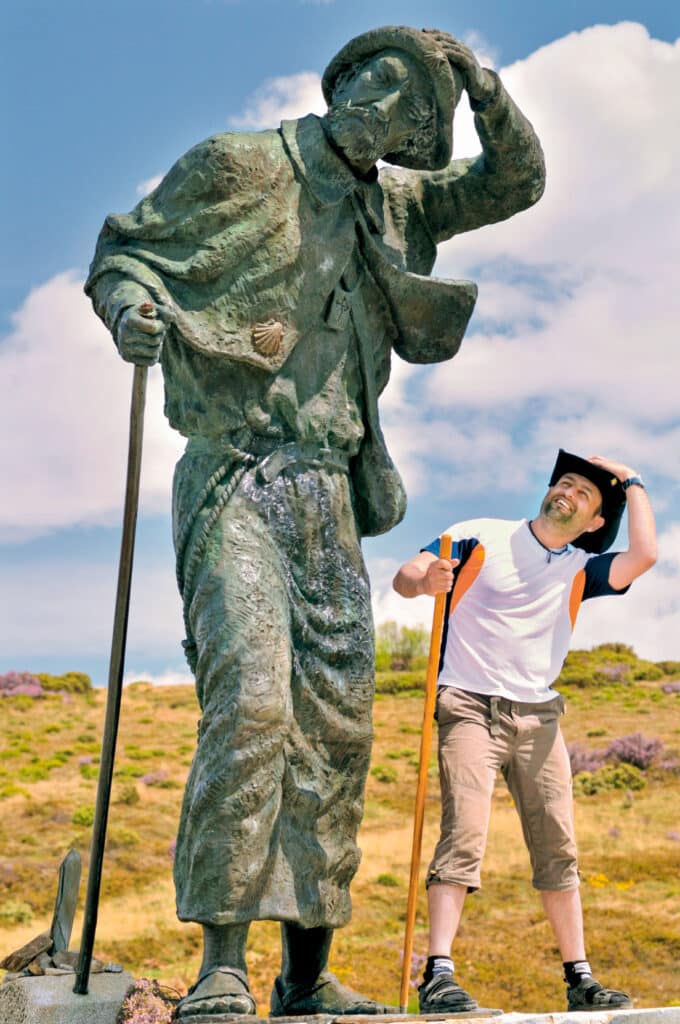
The belief in the miracle of St. James was at its height during the First Crusade (1085). The French took to this belief with relish because it united them with the Spaniards against Moorish invasions. The four major paths of El Camino started in France at the medieval towns of Vézelay, Tours, Le Puy, and Arles, and crossed the Pyrenees to converge in northern Spain at Puente la Reina, a bridge built in the 11th century to aid pilgrim crossings. Here the paths joined to form a united path to Santiago. The total distance from France is about 500 miles.
The scallop shell symbol you’ll see along the route to Santiago has ancient mythical associations with the pilgrimage. It symbolizes the end of a long journey to the sea as well as resurrection and rebirth in the sea. The Spanish name for the scallop shell, venera, is also associated with Venus, the goddess born in the sea. Even the name for the delicious French dish Coquilles St. Jacques (baked scallops served on a shell) comes from the tradition of French pilgrims walking this route.
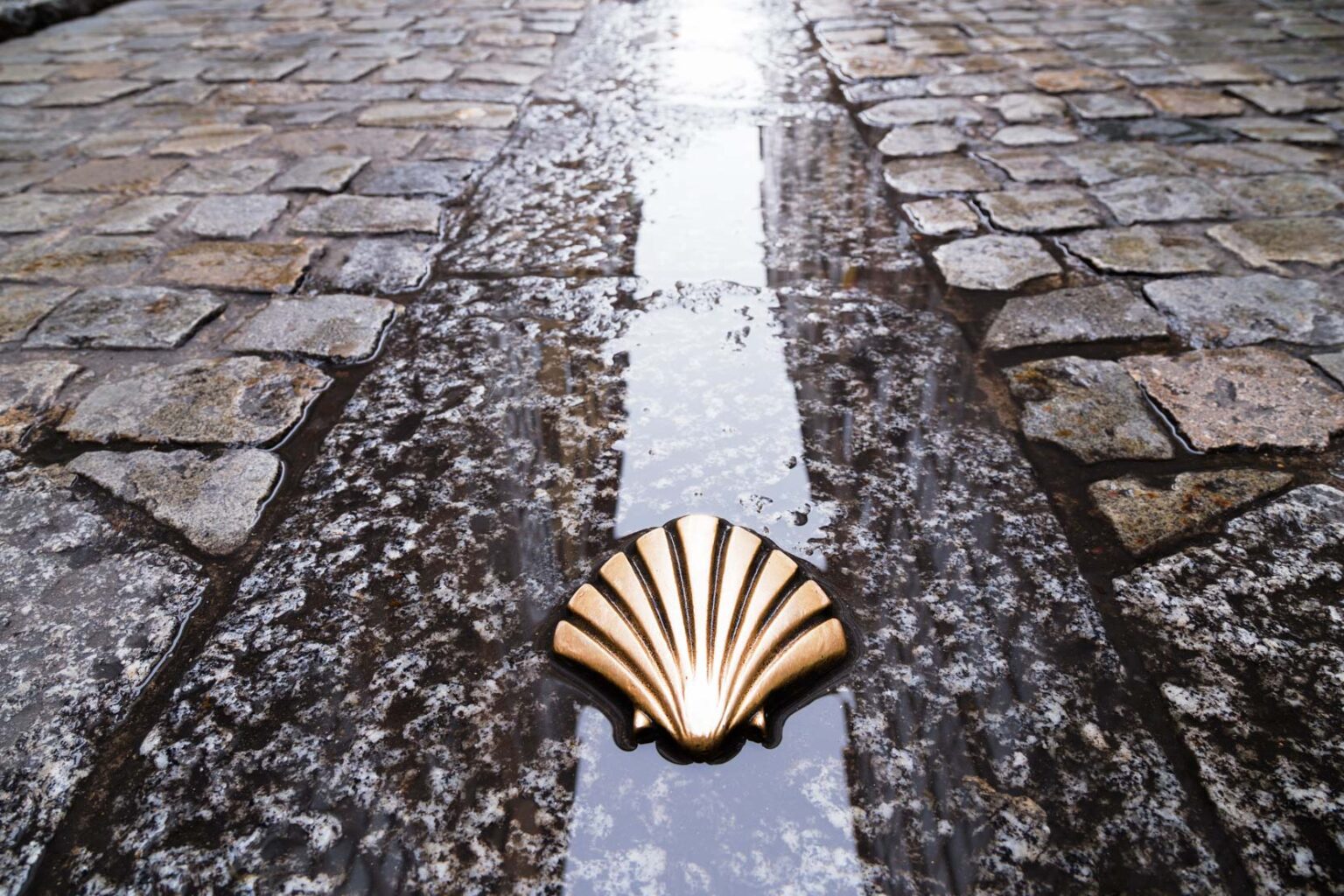
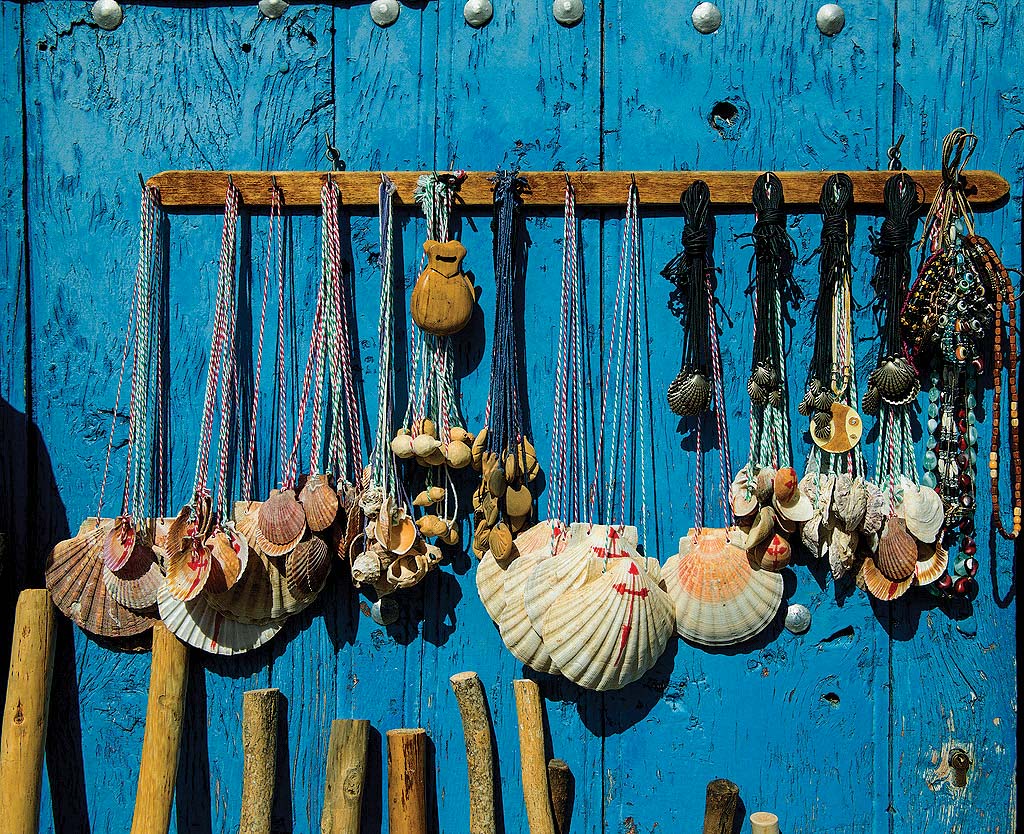
The typical garb of a medieval pilgrim on El Camino was a long cape, a brimmed hat with scallop shells attached to it, a walking stave, and a gourd to carry water. Many pilgrims took several months for the trip, stopping to visit the shrines that were built along the way. Some carried with them the world’s first travel guidebook, the Pilgrim Guide of 1130, written by a French monk named Aymery Picaud.
The medieval faith in relics, such as the bones of a saint, held that such objects were a direct link to the divine and were possessed of magical powers that could induce miracles, obtain forgiveness for past sins, and perhaps even purify the soul. Pilgrims of the past, after a journey of months, and sometimes much longer, would receive the coveted compostela when they finally arrived at the Compostela Cathedral, a document that gave the bearer remission from purgatory.
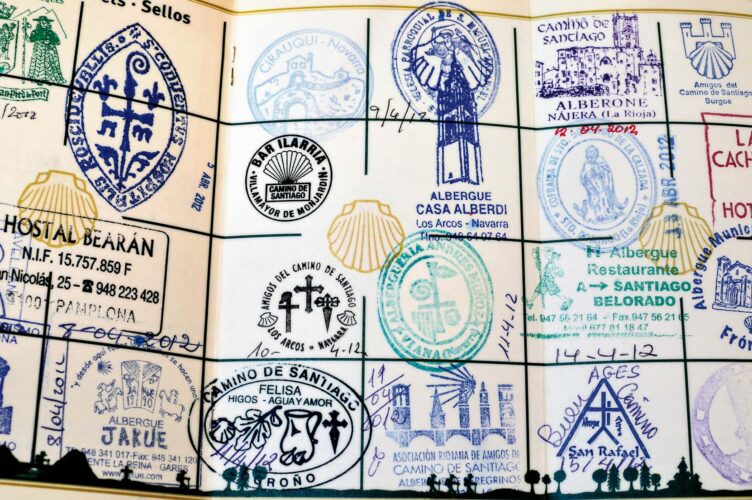
The Pilgrim Passport
At the beginning of the trip, you will be given a document known as the “Pilgrim’s Passport,” which you will carry with you and can have stamped at points along the journey, including monuments, churches, and restaurants. Each of these places has a unique stamp (sello) with its own design, color, and pattern. The stamped passport is a continuation of the medieval tradition that allowed pilgrims to pass safely from one region to another.
In Santiago de Compostela, the Pilgrims’ Office offers a certificate of completion, La Compostela, written in Latin, only for those who have completed the camino for religious or spiritual reasons. To earn it, walkers (and pilgrims on horseback) must also have completed at least the last 100 kilometers (and cyclists must have completed at least the last 200 kilometers) all in one stretch, without skipping any areas. We can’t promise that you will get the certificate because we skip many stages in order to travel from Burgos to Santiago in a week. We also skip some stages during the last 60 miles where the path goes through industrial areas. But you are welcome to go the Pilgrims’ Office with other walkers and try your luck with the clerk in charge to get La Compostela. Of course, just the experience of being on the camino and sharing it with others is a good reason for the journey itself, and the Pilgrim Passport is a beautiful souvenir to take back home, with all its stamps and dates indicating all the places on the route we have visited. Remember to bring along a stone from home to place at the foot of the Cruz de Hierro on Day 3. This tradition symbolizes leaving behind one’s past sorrows, and starting life anew.
BUEN CAMINO—“Good Journey”!
Learn More
Talk to an Expert
Our Europe Specialists know every detail about our Spain trips. They will be happy to answer any questions and help you choose the journey that’s right for you. Contact us to learn more or book your trip today!

